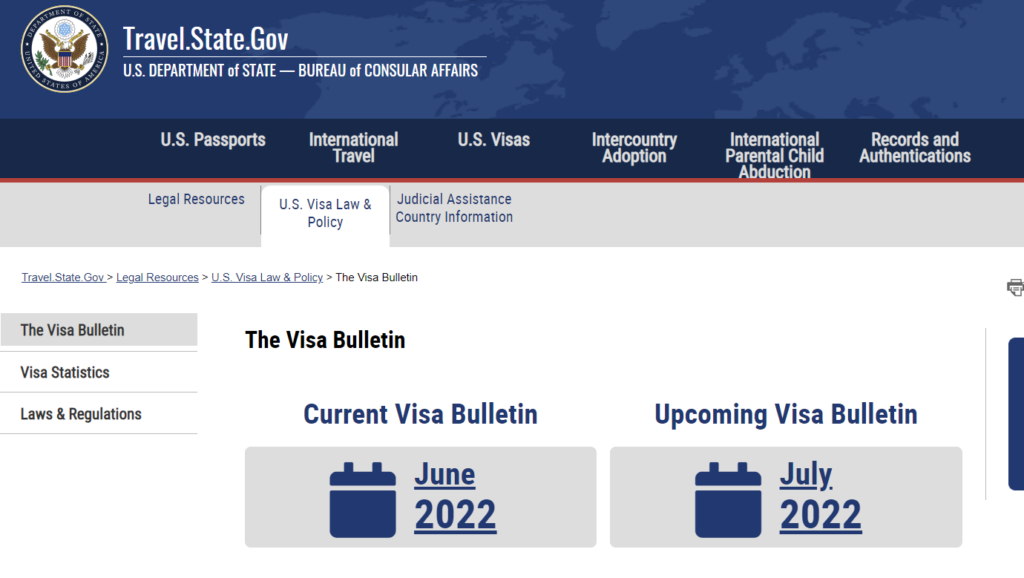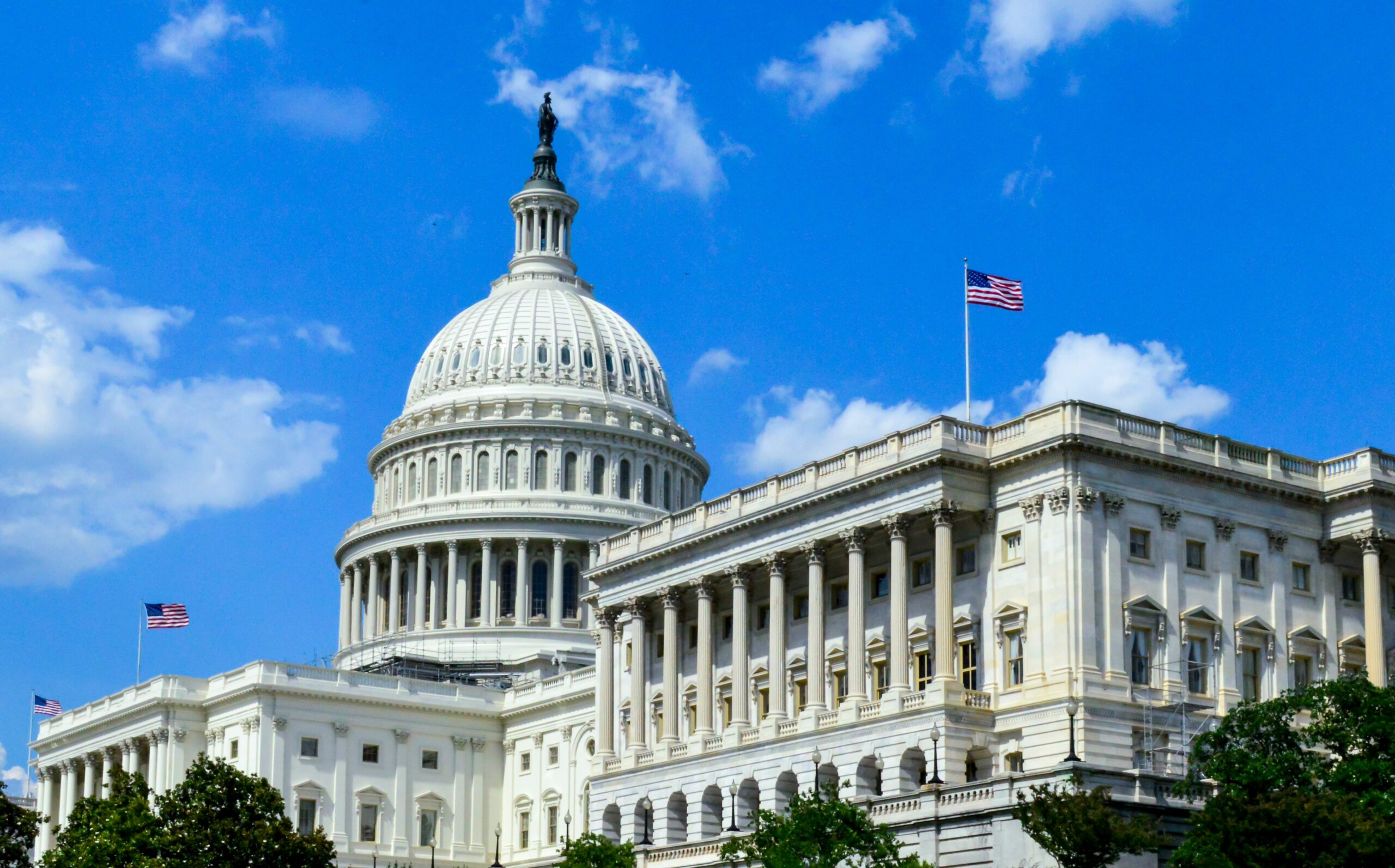Introduction: Securing Your Future in the U.S. Through Employment
Dreaming of living and working permanently in the United States? For many skilled professionals, executives, and workers, the Employment-Based (EB) immigrant visa system offers a pathway to achieving lawful permanent residence, commonly known as getting a Green Card. However, the process is complex, involving multiple steps, government agencies, and specific requirements that can be challenging to navigate, especially for those unfamiliar with U.S. immigration law.
Understanding the fundamentals of EB visas is the first critical step. This guide simplifies the process by highlighting five crucial insights you need to know about securing a Green Card through employment. We aim to provide clear, easy-to-understand information for professionals worldwide.
Insight 1: Understanding the EB Preference Categories – Finding Your Fit
The U.S. government allocates approximately 140,000 employment-based immigrant visas each year, divided into five main preference categories (EB-1 to EB-5). Most employment-based Green Cards fall under the first three categories:
- EB-1: Priority Workers: This category is for individuals with truly exceptional credentials. It includes:
- Persons with extraordinary ability in sciences, arts, education, business, or athletics (proven through sustained national or international acclaim).
- Outstanding professors and researchers with international recognition.
- Certain multinational managers and executives transferring from an overseas branch of a company.
- EB-2: Professionals with Advanced Degrees or Exceptional Ability: This category generally requires a job offer and labor certification (see Insight 2). It includes:
- Professionals holding an advanced degree (Master’s or higher, or Bachelor’s plus 5 years of progressive experience).
- Individuals with exceptional ability in sciences, arts, or business (a level of expertise significantly above the norm).
- Note: Some individuals may qualify for a National Interest Waiver (NIW), bypassing the need for a job offer and labor certification if their work significantly benefits the U.S.
- EB-3: Skilled Workers, Professionals, and Other Workers: This category also typically requires a job offer and labor certification. It covers:
- Skilled workers whose jobs require at least 2 years of training or experience.
- Professionals whose jobs require at least a U.S. Bachelor’s degree or foreign equivalent.
- Other workers (Unskilled workers) for positions requiring less than 2 years of training or experience.
Understanding which category best fits your qualifications and potential job offer is essential for starting the process correctly.
Insight 2: The Crucial Role of the Employer & Labor Certification (PERM)
For most EB-2 and EB-3 applicants (and some EB-1s like outstanding professors/researchers and multinational managers), securing a Green Card is a collaborative effort with a U.S. employer. The employer generally must:
- Offer a Permanent Job: The position offered must be full-time and permanent.
- Obtain Labor Certification (PERM): Before filing a petition with U.S. Citizenship and Immigration Services (USCIS), the employer usually must go through the Program Electronic Review Management (PERM) process with the U.S. Department of Labor (DOL). This involves demonstrating that there are no qualified, willing, and available U.S. workers for the position offered at the prevailing wage. This process includes specific recruitment steps and strict timelines.
- File Form I-140, Immigrant Petition for Alien Worker: Once the labor certification is approved (or if exempt, like for EB-1 extraordinary ability or EB-2 NIW), the employer files Form I-140 with USCIS on behalf of the foreign worker, proving the worker meets the category requirements and the employer can pay the offered wage.
Exceptions exist, notably for EB-1 individuals with extraordinary ability and those qualifying for an EB-2 National Interest Waiver, who can self-petition (file Form I-140 themselves without an employer sponsor or labor certification). However, for the majority, employer sponsorship and the PERM process are fundamental hurdles.

Navigating the PERM process requires careful planning and execution. Mistakes can lead to audits or denials, significantly delaying the Green Card journey. Expert guidance here can be invaluable. Thinking about this complex process? Book a consultation with D’Alessio Law Group today and get $100 off your first meeting by mentioning this blog post!
Insight 3: Meeting the Specific Eligibility Criteria – Proving Your Case
Beyond the general category, each EB classification has detailed eligibility requirements that must be meticulously documented in the Form I-140 petition. For example:
- EB-1 Extraordinary Ability: Requires evidence meeting at least 3 out of 10 specific criteria (e.g., major awards, publications about the individual, high salary, leading role in distinguished organizations).
- EB-2 Advanced Degree: Requires official academic records showing the required degree or equivalent.
- EB-2 Exceptional Ability: Requires evidence meeting at least 3 out of 7 criteria (e.g., degree relating to area, letters documenting experience, professional license, evidence of recognition for achievements).
- EB-3 Skilled Worker/Professional: Requires proof that the applicant possesses the necessary education or experience for the job as defined in the labor certification.
Gathering the right documentation and presenting it clearly to USCIS is critical for petition approval. Simply meeting the minimum criteria might not be enough; the evidence must be persuasive.
Insight 4: Navigating Priority Dates & the Visa Bulletin – The Waiting Game
Congress sets annual limits on the number of immigrant visas issued worldwide and per country. Due to high demand, especially from certain countries, backlogs often develop for EB-2 and EB-3 categories. This is where the Priority Date becomes crucial.
- What is a Priority Date? It’s generally the date the labor certification application was filed with the DOL, or the date Form I-140 was filed if no labor certification was required. It essentially marks your place in the queue.
- What is the Visa Bulletin? Published monthly by the U.S. Department of State, the Visa Bulletin shows visa availability based on preference category, country of chargeability (usually country of birth), and priority date. It indicates which priority dates are
“current” (meaning visas are available) and applicants can proceed with the final Green Card application step. *
Waiting Times: Depending on the category and country, waiting times can range from being current (no wait) to several years. EB-1 generally has shorter waits than EB-2 and EB-3.
Understanding your priority date and regularly checking the Visa Bulletin is essential for managing expectations about the timeline.

Link to the official U.S. Department of State Visa Bulletin page
Insight 5: The Final Step – Adjustment of Status vs. Consular Processing
Once the Form I-140 is approved AND your priority date is current according to the Visa Bulletin, you can apply for the actual Green Card. There are two main paths:
- Adjustment of Status (AOS): If you are already legally inside the United States in a valid nonimmigrant status (like H-1B or L-1), you can typically file Form I-485, Application to Register Permanent Residence or Adjust Status, with USCIS without leaving the country. While the I-485 is pending, you can often apply for work authorization (EAD) and travel permission (Advance Parole).
- Consular Processing (CP): If you are outside the United States, or choose not to adjust status, your approved I-140 petition goes to the National Visa Center (NVC). The NVC collects required documents and fees, and then schedules an immigrant visa interview at a U.S. embassy or consulate in your home country. If approved, you receive an immigrant visa to enter the U.S. and become a permanent resident upon admission.
The best path depends on your location, current status, and personal circumstances. Both processes involve medical exams, background checks, and demonstrating you are not inadmissible to the U.S.

Conclusion: Navigating Your Green Card Journey with Confidence
Securing a U.S. Green Card through employment is a significant undertaking, involving distinct categories (EB-1, EB-2, EB-3), critical employer roles often involving labor certification (PERM), specific eligibility proof, and potential waiting times governed by priority dates and the Visa Bulletin. The final step involves either adjusting status within the U.S. or consular processing abroad.
Given the complexities and high stakes, navigating this path successfully often requires careful planning and expert legal guidance. Understanding these five key insights provides a solid foundation, but personalized advice is crucial for addressing your unique situation.
Ready to explore your specific EB visa options? Download our comprehensive E-book, “Your Green Card Pathway: An Essential Guide to U.S. Employment-Based Visas”, for a deeper dive into the requirements.
Don’t navigate this complex journey alone. Ensure your application is handled correctly from the start. Take advantage of our $100 discount on your initial consultation by mentioning this blog post.



